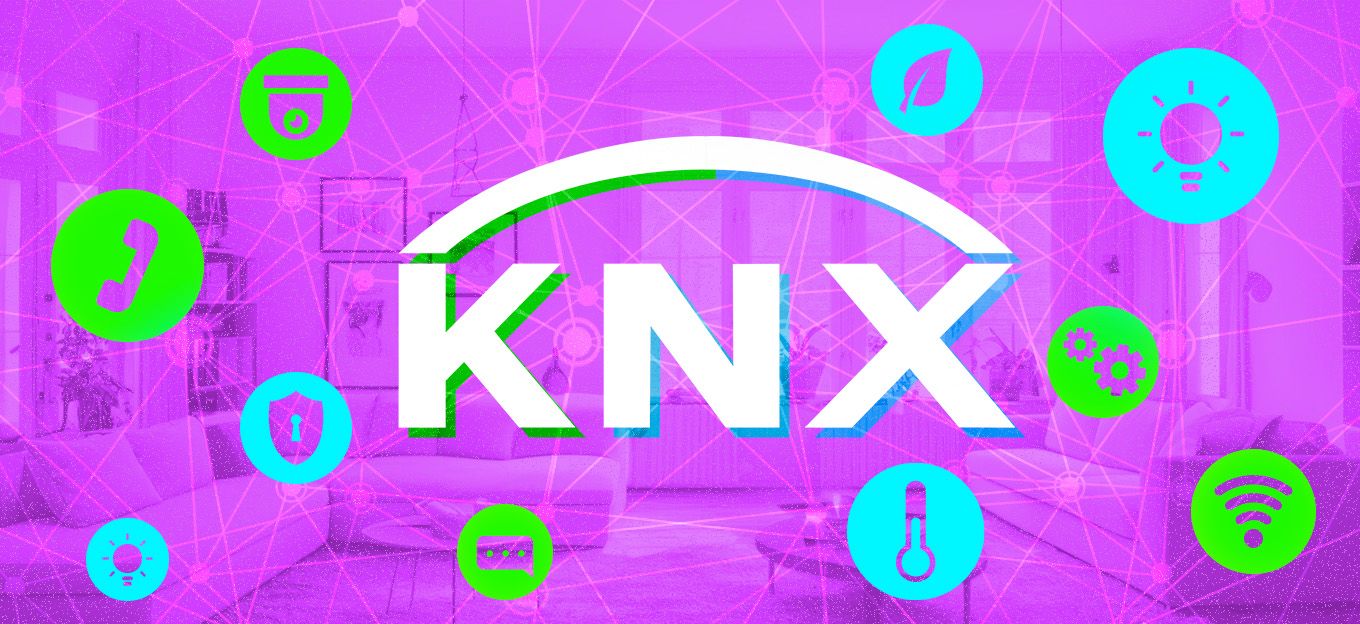Driving the Smart Building Revolution with IoT
Driving the Smart Building Revolution with IoT
- Last Updated: December 2, 2024
akenza
- Last Updated: December 2, 2024



The Internet of Things (IoT) is playing an increasingly important role in a whole range of different industries. One of the most interesting and promising IoT applications is in managing facilities and buildings, and there are many different Applications here.
The global IoT market is expected to grow by $421.28 billion during 2021-2025 — a CAGR of 33%, and in the construction industry, it’s expected to grow from $8 billion in 2019 to $19 billion by 2027.
Facility managers have to offer new digital services to stay competitive and ahead of the curve, ensuring their buildings are adapted for the future and provide the best possible environment for everyone who will be using them.
IoT technology is an ideal fit for facility management and driving the smart building revolution.
In this article, we’ll look at some of the ways IoT can be used to improve buildings and facilities.
Improving Facility Management
IoT devices can improve facility management and make your premises a better place to exist for employees and anyone else associated with your organization. Advantages include:
- Reducing operational costs by building more cost-effective, energy-efficient buildings that run smoothly and use resources optimally
- Keeping employees safe and healthy by promoting clean, tidy, and hygienic environments that are organized and cleaned according to constant monitoring
- Maximizing productivity, ensuring all your team members have everything they need at all times to do their job, and be as comfortable and focused as possible
- Security and risk mitigation, identifying areas of risk, automating appropriate action, and keeping your physical and digital assets as safe as they can be
Facility Management Examples
Managing Desk and Workplace Occupancy
During the COVID-19 pandemic, one of the most startling trends in work was the massive rise in remote employment.
From before COVID-19 to March 2021, remote employment increased from 15% to 70%. In many cases, this won’t be a temporary change — around half of employees expect this trend to continue for them into the near future, and 31% think it will be permanent.
IoT can help businesses manage their premises more efficiently during this time. Occupancy can fluctuate between days as we move towards a model where employees will only come to the office a few days each week.
IoT devices such as sensors on desks can track and predict office occupancy, creating digital plans that allow employees to find space quickly, and give office managers the tools to optimize their existing space by grouping desks where they are needed, saving energy and freeing up space for new uses.
Air Quality Monitoring
Although the pandemic brought this issue into the spotlight, air quality and ventilation in offices have been a health concern for some time. Long before COVID, poor ventilation has been linked to:
- Easier disease spread
- Respiratory diseases such as asthma
- Allergies
- Nausea
- Headaches
- Dry eyes
Poor ventilation is also bad for productivity — one study found that poor ventilation at work lowered the cognitive ability of employees, making them perform worse at their jobs and slowing down their productivity.
One solution to this issue is to use IoT devices to measure air quality values such as humidity, temperature, and CO2 levels, among a range of other things. This allows you to quickly pinpoint any areas for concern and take the appropriate actions, leading to a safer and healthier environment for your employees and maximizing productivity for the whole team.
Washroom Monitoring
Keeping washrooms clean is an important part of maintaining a pleasant, healthy, and safe work environment. However, in busy offices with limited cleaning staff and resources, this can be a challenge.
Fortunately, IoT is a big help. IoT devices can track the fluctuations in washroom use which allows you to predict when rooms will require cleaning and how much.
This helps you allocate your building’s cleaning resources more efficiently and helps cleaning staff spend their time most effectively, creating a cleaner and more enjoyable environment for everyone in the organization while saving money and materials.
Smart buildings are the future. As IoT becomes more widely used, more affordable, and can handle a wide variety of jobs, it will become part of the furniture in offices and other commercial buildings worldwide.
If you take advantage of this growing trend now, you’ll be able to manage your facilities in a much more effective, productive, and cost-efficient way. If you don’t, you risk quickly falling behind your competition.
The Most Comprehensive IoT Newsletter for Enterprises
Showcasing the highest-quality content, resources, news, and insights from the world of the Internet of Things. Subscribe to remain informed and up-to-date.
New Podcast Episode

Moving Past the Pilot Phase in IoT and AI
Related Articles





